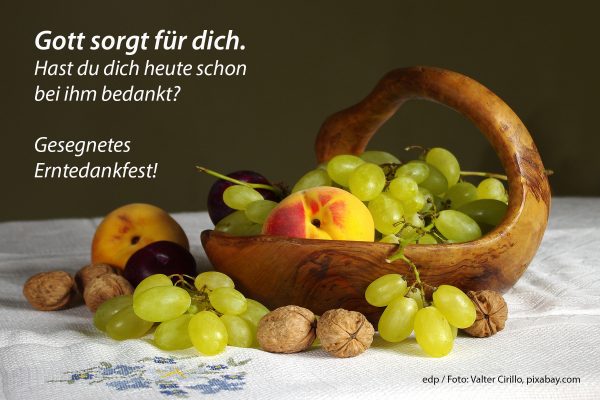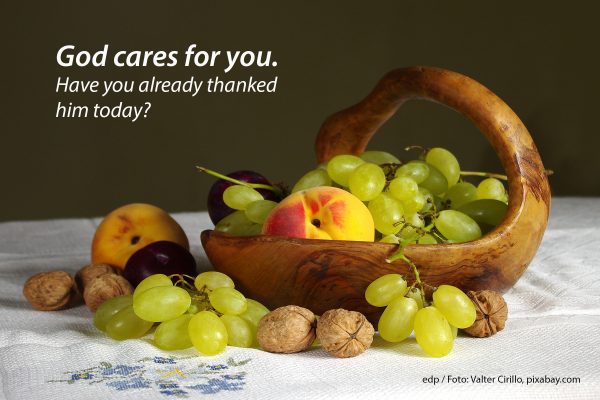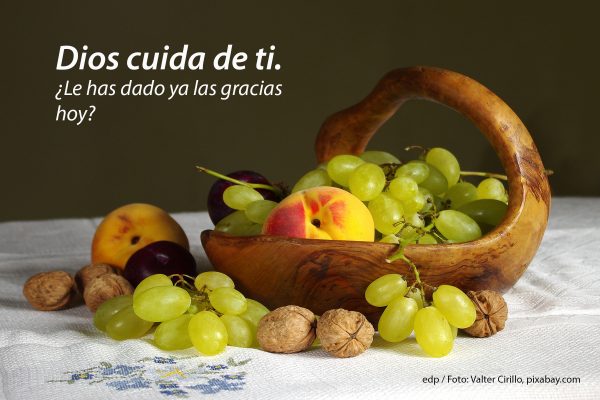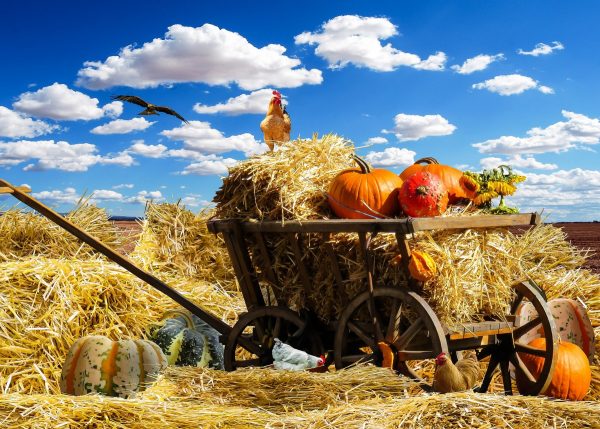
[nx_spacer]
Das Erntedankfest ist im Christentum ein Fest im Herbst, bei dem die Gläubigen Gott für die Gaben der Ernte danken.
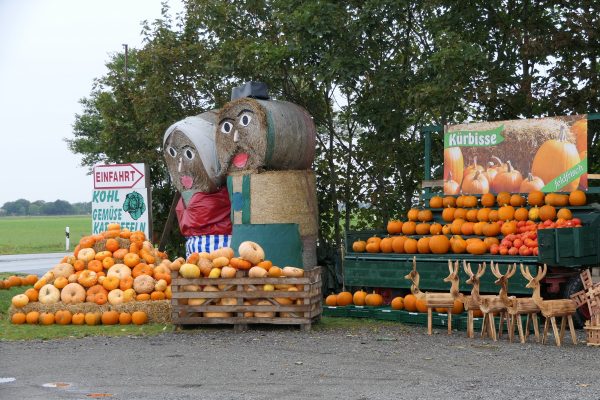
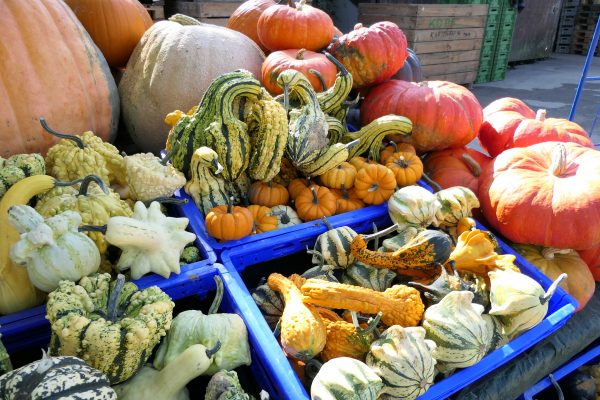
In den Kirchengemeinden finden besondere Gottesdienste statt, häufig mit Sketches und Kinderbeiträgen. Der Raum ist entsprechend dekoriert, manchmal bleiben die Gläubigen zu einem gemeinsamen Essen beisammen, so zum Beispiel mit Käse, Brot und Trauben.
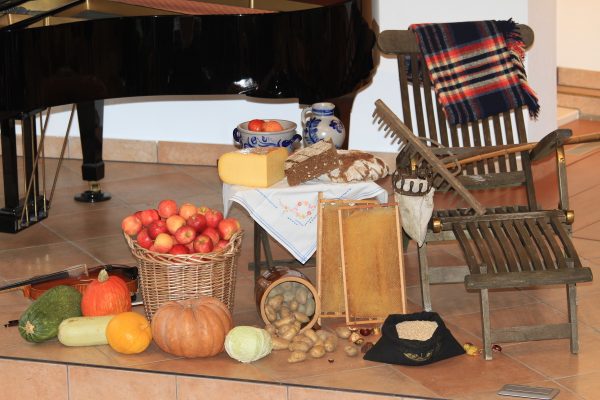
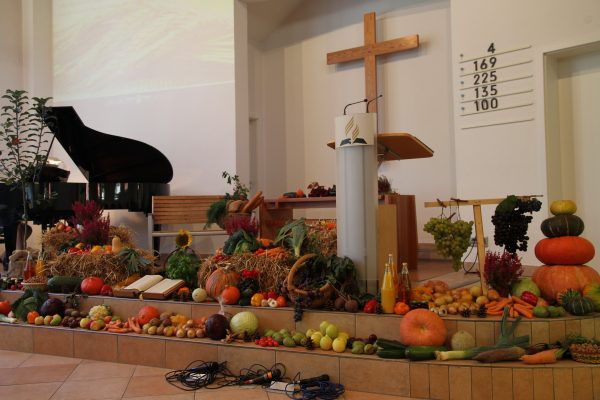
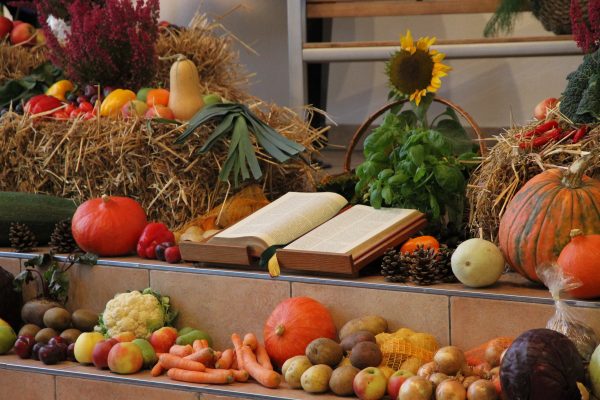
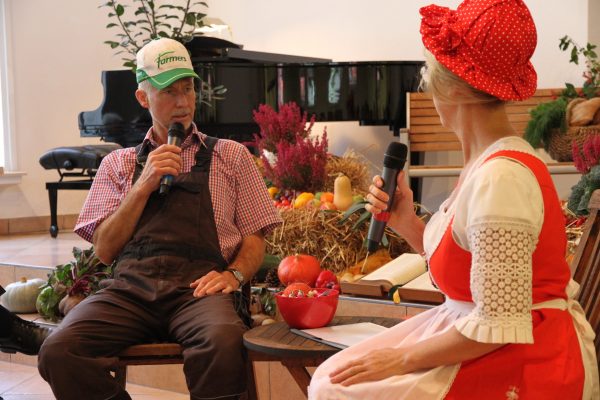
In vielen (politischen) Gemeinden Deutschlands finden zwischen Mitte September und Anfang Oktober Festzüge mit Motivwagen, Fußgruppen und Spielmannszügen statt. In Bardowick, einem Vorort von Lüneburg, findet das größte Erntedankfest Norddeutschlands jährlich statt. Zu den Höhepunkten zählen der Dankgottesdienst im Dom, der Sternenmarsch der Musikzüge, sowie der große Festumzug mit bunt geschmückten Erntewagen, von denen am Ende der schönste Wagen prämiert wird. (2021 fallen aufgrund der Corona-Situation die Feierlichkeiten leider aus).
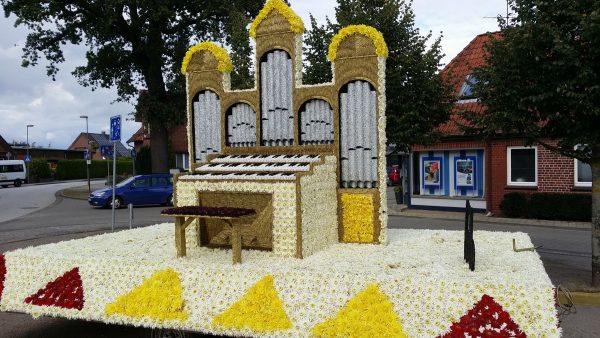
In den USA wird der „Thanksgiving Day“ im November gefeiert als Erinnerung an das erste Erntedankfest der Pilgerväter, wobei es heute ein Dankfest für alles Gute und allen Erfolg ist, nicht nur für die Früchte der Ernte. Es ist das wichtigste Familienfest im Jahr, außerdem werden von vielen Familien auch Freunde oder andere Gäste eingeladen. Traditionell gibt es einen gebratenen und gefüllten Truthahn mit einer reichhaltigen Auswahl an Beilagen und Nachspeisen wie Cranberry-Sauce, Süßkartoffeln, Apfel- und Kürbiskuchen sowie Gemüse wie Kürbis, grüne Erbsen und Mais.
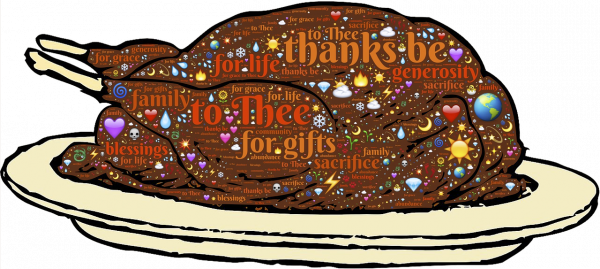
Juden feiern im Herbst das einwöchige Erntedankfest Sukkot (Laubhüttenfest). Gläubige Juden bauen eine provisorische Hütte, eine sogenannte Sukka, und zwar im Garten, im Hof, auf dem Parkplatz, Balkon oder Dach. Sie erinnert an die Laubhütten, in denen die israelitischen Bauern während der Erntezeit lebten, um dann am Ende der Erntezeit einen Teil zum Tempel in Jerusalem zu bringen. (Siehe Deuteronomium/5. Mose 16,13-14 und Nehemia 8,15-16)
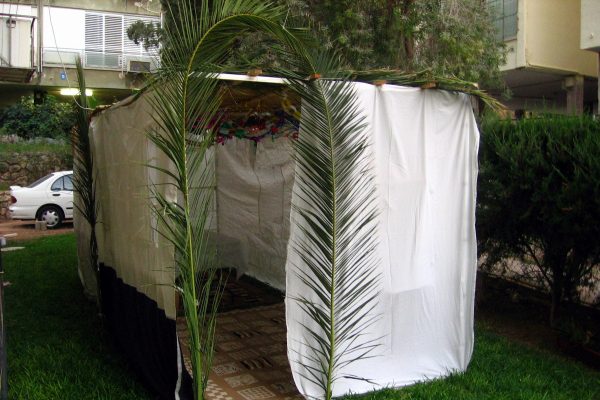
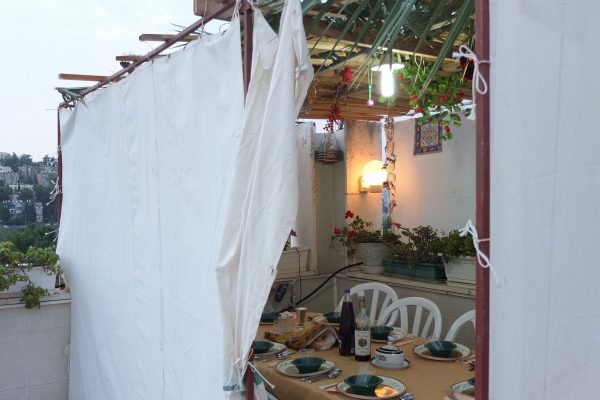
![]()
In Christianity, the harvest festival is a celebration in the fall when believers thank God for the gifts of the harvest. Special services are held in church congregations, often with skits and children’s contributions. The room is decorated accordingly, and sometimes the believers stay together for a shared meal.
In many communities in Germany, processions with motif floats, foot groups and marching bands take place between mid-September and early October. In Bardowick, a suburb of Lüneburg, the largest harvest festival in northern Germany is held annually. The highlights include the thanksgiving service in the cathedral, the star march of the marching bands, and the large parade with colorfully decorated harvest wagons, of which the most beautiful wagon is awarded a prize at the end. (In 2021, due to the Corona situation, the festivities are unfortunately cancelled).
In the USA, “Thanksgiving Day” is celebrated in November as a remembrance of the first harvest festival of the Pilgrim Fathers, although today it is a festival of thanksgiving for all good things and all success, not only for the fruits of the harvest. It is the most important family feast of the year, moreover, many families also invite friends or other guests. Traditionally, there is a roasted and stuffed turkey with a rich selection of side dishes and desserts such as cranberry sauce, sweet potatoes, apple and pumpkin pie, and vegetables such as pumpkin, green peas and corn.
Jews celebrate the week-long harvest festival of Sukkot (Feast of Tabernacles) in the fall. Devout Jews build a temporary hut, called a sukka, in the garden, yard, parking lot, balcony or roof. It is a reminder of the Tabernacles in which Israelite farmers lived during the harvest season (see Deuteronomy 16:13-14 and Nehemiah 8:15-16).
![]()
En el cristianismo, la fiesta de la cosecha es una celebración en otoño en la que los fieles agradecen a Dios los dones de la cosecha. Se celebran servicios especiales en la iglesia, a menudo con sketches y contribuciones de los niños. El templo está decorado con toda clase de frutas y verduras.
En muchas ciudades de Alemania, salen procesiones con carrozas, grupos a pie y bandas de música entre mediados de septiembre y principios de octubre. En Bardowick, un suburbio de Lüneburg, se celebra anualmente la mayor fiesta de la cosecha del norte de Alemania. Los momentos más destacados son un culto de acción de gracias en la catedral, la marcha de las bandas de música y el gran desfile de carrozas muy bien decoradas, de las cuales la más bonita recibe un premio al final. (En 2021, los festejos se cancelaron lamentablemente por la situación de Corona).
En Estados Unidos, el Día de Acción de Gracias se celebra en noviembre como recuerdo de la primera fiesta de la cosecha de los peregrinos, aunque hoy en día es una celebración de agradecimiento por todas las cosas buenas y todos los éxitos, no sólo por los frutos de la cosecha. Es la fiesta familiar más importante del año, y muchas familias invitan también a amigos u otros invitados. Tradicionalmente, hay un pavo asado y relleno con una rica selección de guarniciones y postres como salsa de arándanos, batatas, pastel de manzana y calabaza, y verduras como calabaza, guisantes y maíz.
Los judíos celebran en otoño la fiesta de la cosecha de una semana de duración, Sucot (Fiesta de los Tabernáculos). Los judíos creyentes construyen una cabaña temporal, llamada sucá, en el jardín, el patio, el aparcamiento, el balcón o el tejado. Es una forma de recordar los Tabernáculos en los que vivían los campesinos israelitas durante la época de la cosecha, llevando al final de la misma una parte al Templo de Jerusalén. (Ver Deuteronomio 16:13-14 y Nehemías 8:15-16).

